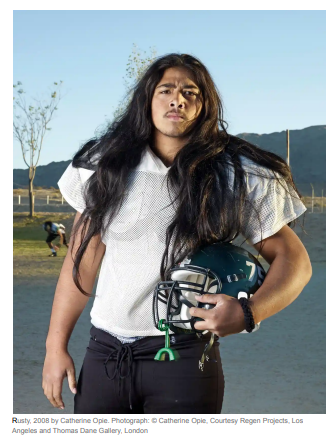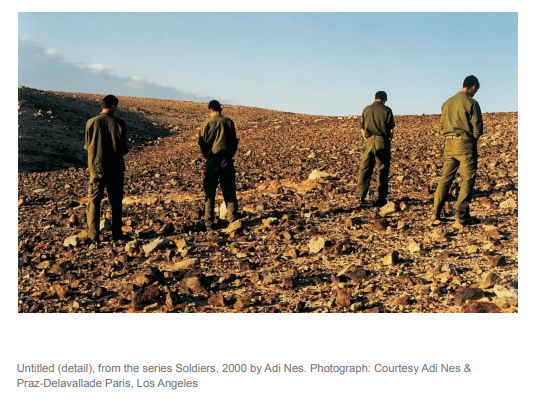Introduction
Masculinity is a construction viewed from several perspectives, such as social, historical, and political perspectives, and is all about the attributes that make up a man. From a societal perspective, it is accurate to define masculinity as the behaviors or roles considered appropriate for the male gender compared to the female gender. As opposed to being biologically driven, masculinity is all about the power and dominance of one person or party over another. From a broadened angle point of view, it is a fact that masculinity is not an object but rather an aspect of a larger structure in society (Connell, 2020). This can explain why it is also true to state that masculinity is not only exhibited by the male gender but is also present in the female one, hence why there exists female masculinity. In this modern society, masculinity is present even without the presence of the male gender (Halberstam, 1998). Among the ways of explaining why such a situation comes to be is the fact that masculinity is a relative attribute that needs to be defined by the activities, processes, practices, and relationships that men and women conduct and engage in their gendered lives (Connell, 2020). The purpose of developing is essay is to define and discuss masculinity, its theories, and approaches while basing its argument on photographs. In addition, it will discuss the production and distribution of the said photographs and explore how they relate to masculinity and the relevant theories that can be associated with the images.
The First Photograph
Catherine Opie captured the first photograph being examined in this essay in 2008. First of all, it is important to note that Catherine Opie, the photographer, is well known for capturing images that represent the view of manliness. The photograph is classified as belonging to a project known as the Regen Project and was published and distributed to the world from the Los Angeles and Thomas Dane Gallery in London. The image is called Rusty, one of the American footballers who participated in the 2007-9 series.

Rusty, from the photograph, is depicted to be a muscular young teen who is in his sports gear. This was either during or after the football game. The gender differences approach to masculinity focuses on comparing the male gender to the female gender regarding their practices, behaviors, or even work choices (Stergiou-Kita, Lafrance, Pritlove, & Power, 2017). In this society, it is reliable to point out that American Football is all about power and dominance and is most likely to be played by men compared to the female population that engages in the sport. Rusty, in this photograph, is fitted in his shoulder pads and is holding a helmet in his hand, which is a clear indication of the extremeness of the sport. However, this star image does not represent the reality of who Rusty is. Despite looking like he is heading to a soldier’s battlefield, we can tell that Rusty is young by showing his face. In addition, his body armor is bigger than his size, and he has a whiskery beard on him. The masculine guy in the image is not the same as Rusty in reality. The expectation of society makes him pose for the photograph whole gazing with body armor, yet we can tell that he is not as tough as the image portrays him.
According to the embodiment theory, the processes that people engage in and the associated values later become a part of them (Stergiou-Kita et al.,.2017). For example, it is accurate to say that Rusty and his fellow teammates might become great football players with muscular bodies if they keep practicing the art. Just as they wish to be huge and muscular, practicing the same exercise over time will eventually to them gaining the same structure. The embodiment theory is thus a key in explaining the social status of people like Rusty and the values such persons depicted in the society hence the reason why masculinity is relative in this case.
The Second Photograph
This image was captured in the year 2000 and is found under the series known as Soldiers. The photograph was captured by Adi Nes, who was associated with Praz-Delavallade Paris in Los Angeles. The photo was shared and distributed to the world from their website. Here, the image shows soldiers who are urinating, probably after a long trip or activity. In this photo, gender and masculinity are evident. Looking at the photograph from the gender differences approach, it is noticeable that none of the four soldiers appear to be female. According to society, people who were fit to be soldiers were of the male gender because of their activities. It is a fact that extreme risk-related workplaces still belong to the male gender compared to the percentage of females in the same career (Stergiou-Kita et al.,.2017). The gender differences approach asserts that women are naturally assigned to attend to detailed work, for example, domestic work.

On the contrary, the male gender is physically built to attend to tasks that are physically demanding. However, it is important to note that it is also true that a significant percentage of men and women can do the tasks that their opposite-gender counterparts do (Halberstam, 1998). For example, many women are joining the military nowadays as well as men joining the service industry such as the hospitality industry or such.
From the photograph, we can see the soldiers are on extremely dry land, which shows an appreciation of masculinity. The dry land and the soldiers indicate the power and the domination needed to conquer the situation. It would be true to say that women soldiers would also survive the land and the war at large, but it is equally true that a large percentage of men would do it better, attributed to their gender and how their bodies are built to pursue barriers.
Conclusion
In conclusion, all of the above-discussed images depicted elements of gender and masculinity. The gender processes, such as playing football and being a soldier, were all defined by the participants’ bodily structures and abilities and helped understand masculinity from the gender differences approach and the embodiment theory. While there are other approaches and theories to diversity, it is a fact that masculinity is not limited to gender, race, social class, or environment but rather is an expression of power and the willingness to do more under different circumstances. Masculinity is also associated with a lot of benefits that are of benefit to society; hence there is a good reason to embrace it without oppressing those who do not portray the same characteristics.
Reference
Halberstam, J. (1998). 1. An Introduction to Female Masculinity: Masculinity without Men. In Female masculinity (pp. 1-44). Duke University Press.
Stergiou-Kita, M., Lafrance, M., Pritlove, C., & Power, N. (2017). Examining theoretical approaches to men and masculinity in the context of high-risk work: Applications, benefits and challenges. Safety science, 96, 150-160.
The Social Organization of Masculinity Raewyn Connell (2020)